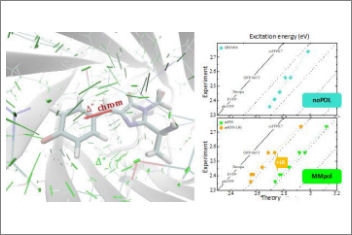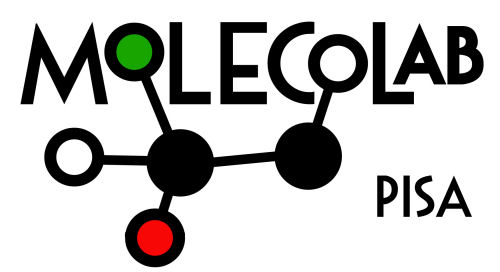
In our work, we employ a classical polarisable embedding through induced dipoles and combine it with time-dependent density functional theory and multireference perturbation theory in order to capture the large (about 0.4 eV) excitation energy tuning displayed by the nearly identical anionic chromophore in different green fluorescent protein (GFP) variants. The obtained results show that only upon inclusion of state-specific induction contributions and the coupling of the polarisation of the protein to the chromophore transition density can the full spectral tuning be replicated.
Link: https://pubs.rsc.org/en/content/articlelanding/2019/cp/c9cp03722e

